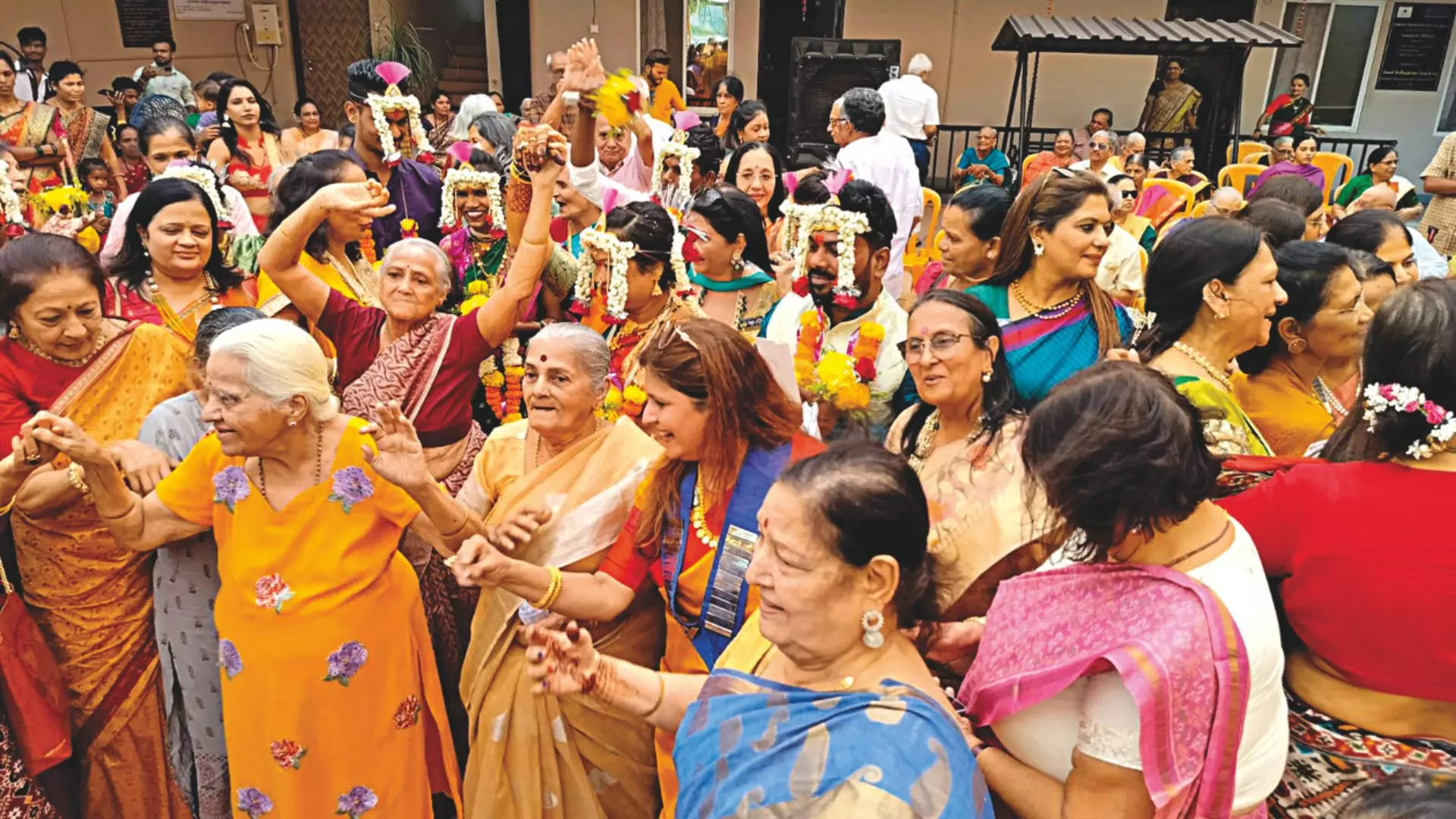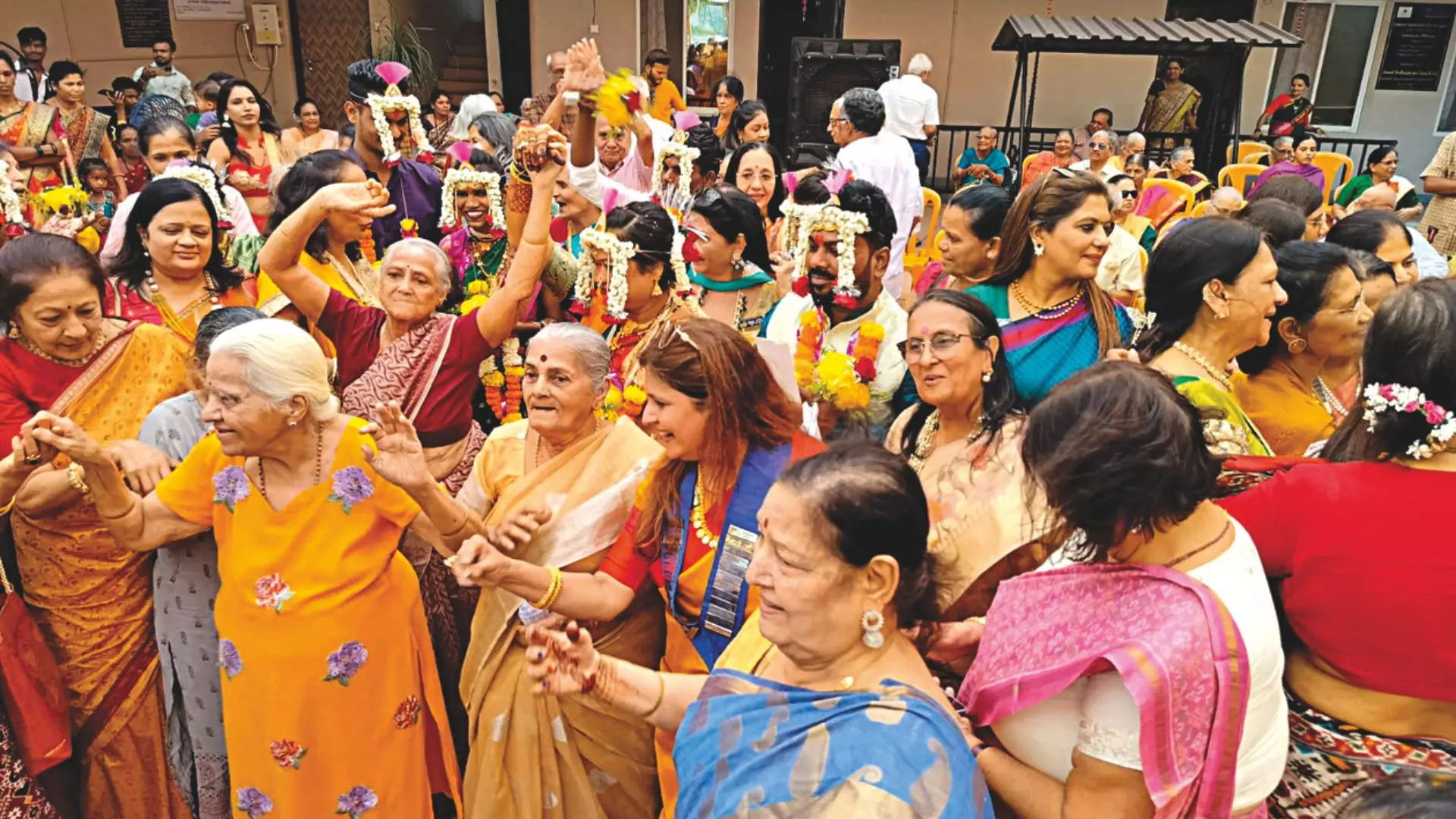
India has more than 140 million people aged 60 and above, which constitutes about 10% of the total population. Many senior citizens, empty nesters (old couples with kids abroad) and even single elderly folks are now opting to stay in luxurious assisted-living homes or senior-citizen community living spaces instead of being a burden on anyone. These assisted-living community spaces are mushrooming all over the country (Antara, Dehradun Residences, The Golden Estate, Haryana, Athashri by Paranjape Schemes, Pune, and Columbia Pacific Communities to name a few.
Although the idea of living away from family in an assisted-living facility still faces cultural resistance, a growing number of seniors, particularly those who are affluent or whose children live abroad, are choosing to move into well-equipped senior-living communities.
These modern facilities offer luxury, comfort, and a sense of independence, challenging the traditional image of old-age homes as grim institutions.
Ageing Gracefully
The rise of such luxurious abodes across the country shows how aging is being perceived and managed in India. These sought-after retirement homes provide am-enities that rival high-end residential complexes.
Dr. Nikunj Jani, a Geriatrician, states, “These are gated communities with top-notch security, where residents enjoy access to medical facilities, round-the-clock care, healthy meal plans, housekeeping, and personal caregivers.”
Beyond basic healthcare, these communities also focus on enhancing the quality of life. Many offer recreational and social activities like yoga, meditation, art classes, movie screenings, and even cultural events, ensuring that seniors remain active and engaged. Some premium establishments even feature spas, gyms, swimming pools, libraries, and landscaped gardens designed to promote physical and mental well-being.
One of the primary attractions of these homes is the opportunity for seniors to form social connections. Dr. Jani explains, “Loneliness and isolation are major issues faced by elderly individuals, particularly those who live alone after their children move away. Hence living in an environment where residents get to interact with peers and form friendships, helps them combat the emotional challenges of living alone.”
The Ups
The advantages of living in these assisted living spaces extend beyond amenities. For many seniors, it is a chance to regain their independence and lead a life without being a burden on their families. Manisha Kotak, the trustee of Anand Vridhashrama Seva located in Palghar, Maharashtra, states, “We have seniors with all kinds of backstories, some are left here by children, some come by choice and some come for a temporary period, but even those who come for a short while, refused to go back, as they fall in love with their life here.”
Founded in 2005, the Anand Vridhashram started as a two-room facility that gradually expanded and now hosts a family of 52 seniors in its space.
While the original aim was to provide affordable or even free care for seniors, it’s now working towards expanding into premium facilities. These new spaces cater to those willing to invest in higher-end amenities, offering an upscale environment with enhanced services. Not just in Maharashtra, but such spaces are mushrooming across India.
Antara at Dehradun, Ashiana Senior Living in Lavasa and Bhiwandi, Golden Estate at Haryana, Travancore Foundation in Kerala and so many more.
The Downs
As each coin has a flip side, so does this novel initiative. The most notable issue is accessibility — both in terms of location and affordability. Many of these luxurious senior-living facilities come with a high price tag.
“More the comfort and facilities you seek, the higher the price you pay,” says Dr. Jani as monthly fees, depending on the services and amenities offered, can range from `30,000 to upwards of `1 lakh. This makes these homes an option primarily for affluent individuals. For the majority of India’s elderly, who live on fixed incomes or meagre pensions, such facilities remain out of reach. However, as per Dr. Jani, there are resources like NGO’s, agencies, and Corporate Social Responsibility (CSR) activities which help in making facilities accessible. Additionally, there is the emotional challenge of leaving behind a familiar home and community. For many seniors, their home is a place filled with memories, and moving to a new environment can be emotionally taxing. Despite the comforts these communities offer, some residents may struggle with feelings of displacement.
Changing Family Dynamics
Traditionally, Indian families have operated on a multi-generational model, where grandparents lived with their children and grandchildren, providing emotional and practical support. Grandparents were often seen as a guiding force and were valued for their wisdom and experience.
However, as India urbanizes and schedules become busier and tighter, the role of elderly family members is changing. Increasingly, seniors are choosing to live independently, either because they don’t want to impose on their children or because their children are not in a position to provide the level of care they need.
This shift has sparked a debate around the evolving concept of family in India. On one hand, some see this change as a sign of progress, allowing seniors
to live with dignity and independence. On the other hand, others lament the erosion of traditional family values, where caring for one’s elders was considered a moral duty.
“I have seen many cases where children really want to take care of their parents, but due to their demanding career commitments, they cannot do so. Hence assisted living spaces are a boon in such situations and should not be viewed in a negative parlance” says Dr. Jani
The rise of luxurious assisted-living communities is reshaping how India’s elderly approach their golden years. As cultural attitudes towards ageing continue to evolve, it will be important to strike a balance between maintaining traditional family values and embracing the independence that many seniors now seek.
